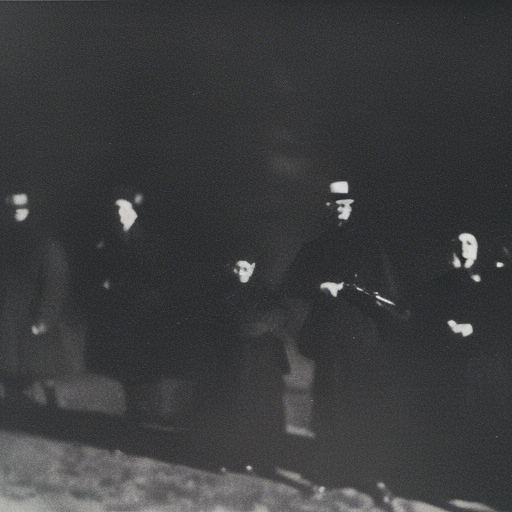The Russian Revolution (1917)
The Russian Revolution of 1917 was a series of political and social upheavals that led to the establishment of the Soviet Union. It began with the February Revolution, which overthrew the Russian monarchy, and culminated in the October Revolution, which brought the Bolsheviks to power. The revolution had a profound impact on Russia and the world, leading to significant changes in politics, society, and the global balance of power.
Causes of the Revolution
The Russian Revolution was fueled by a combination of long-standing grievances and immediate triggers. The country’s autocratic system, economic inequality, and social unrest created a volatile environment ripe for revolution. The involvement of Russia in World War I further exacerbated these problems, as the war strained resources and led to widespread suffering among the population.
The February Revolution
The February Revolution began on February 23, 1917, when protests erupted in Petrograd (now St. Petersburg) due to food shortages and deteriorating living conditions. The protests quickly escalated, with soldiers joining the demonstrators. Tsar Nicholas II, facing a loss of support from the military and the Duma (the Russian parliament), abdicated on March 2, 1917, effectively ending the Romanov dynasty that had ruled Russia for over 300 years.
The Provisional Government
Following the abdication of the Tsar, a Provisional Government was established, led initially by Prince Lvov and later by Alexander Kerensky. The Provisional Government aimed to establish a democratic system and continue Russia’s participation in World War I. However, it faced numerous challenges, including opposition from radical political groups and the ongoing war effort.
The October Revolution
The October Revolution, also known as the Bolshevik Revolution, took place on October 25, 1917 (according to the Julian calendar then in use in Russia), or November 7, 1917 (according to the Gregorian calendar). Led by Vladimir Lenin and the Bolshevik Party, the revolution saw the overthrow of the Provisional Government and the establishment of Soviet power.
The Rise of the Bolsheviks
The Bolsheviks, a radical socialist party, gained support among workers, soldiers, and peasants by promising “Peace, Land, and Bread.” They advocated for an end to the war, redistribution of land to the peasants, and improved living conditions for the working class. Lenin’s leadership and the Bolsheviks’ effective propaganda campaign helped them gain popular support.
The Civil War and the Soviet Union
The Bolsheviks’ rise to power sparked a civil war between the Red Army (supporters of the Bolsheviks) and the White Army (a loose coalition of anti-Bolshevik forces). The civil war lasted from 1918 to 1922 and resulted in immense suffering and loss of life. The Red Army emerged victorious, and in 1922, the Soviet Union was established, bringing together multiple republics under communist rule.
Impact and Legacy
The Russian Revolution had far-reaching consequences. Domestically, it led to the establishment of a communist regime that would shape Russia’s political and economic landscape for the next several decades. Internationally, the revolution inspired leftist movements around the world and contributed to the ideological and geopolitical tensions of the 20th century, particularly during the Cold War.
In conclusion, the Russian Revolution of 1917 was a watershed moment in history. It marked the end of the Romanov dynasty, the rise of the Bolsheviks, and the establishment of the Soviet Union. The revolution was driven by a combination of long-standing grievances and immediate triggers, and it had profound consequences for Russia and the world.












